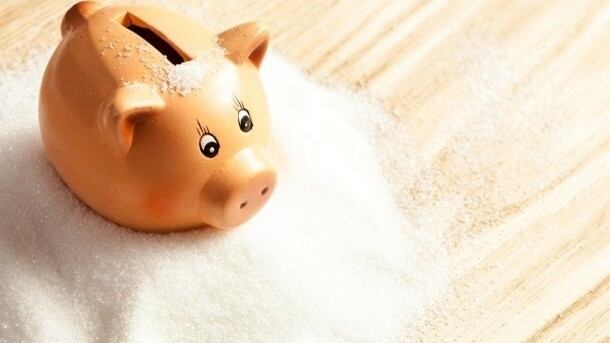The Soft Drinks Industry Levy (SDIL) is predicted to raise £240m ($308m, €271m) in its first year; and the figures show that £153.8m ($197m, €174m) has been raised over the first seven months.
The levy has two tiers: a lower rate for beverages containing 5g sugar per 100ml or more; and a higher rate for those with 8g sugar or more. The majority of the revenue – more than 90% - has come from traders paying the higher rate.
Revenues raised
The statistics from HM Revenue & Customs cover the first seven months of the sugar tax (from its implementation on April 6 to the end of October).
The levy applies to the packaging and importation of soft drinks containing added sugar. The standard rate (18p per litre) applies to drinks with 5g sugar per 100ml or more. A higher rate (24p per litre) applies to drinks with sugar content of 8 grams per 100ml or more.
In total, 660 million liters of added sugar beverages have been taxed. Of this, 601 million liters were subject to the higher rate; compared to 59 million litres for the lower rate. In revenue terms, this equates to £143.8m raised from higher rate beverages; and £10.5m from lower rate beverages.
Gross liabilities declared in July to September were 48% higher than those declared in April to June. One explanation for this increase is seasonality, with more soft drinks typically sold and consumed in summer months.
There are 457 traders registered to pay the levy.
Reformulation
The UK has one of the highest obesity rates among developed countries and soft drinks are still the biggest source of sugar in children’s diets, according to the government. One of the key aims of the levy is to help tackle childhood obesity.
Revenue collected from the levy are being used to fund physical education activities in primary schools, the ‘Healthy Pupils Capital Fund’ and provide additional funds for breakfast clubs in 1,700 schools.
But the focus of the levy has been on encouraging manufacturers to reformulate, with companies given two years to prepare ahead of the levy’s introduction.
When plans for the levy were first announced in 2016, it was projected to raise £520m ($667m, €587m) in its first year. In March, just before the levy came into effect, the government revised its revenue expectations to £240m ($308m, €271m).
This was attributed to ‘aggressive reformulation’ by the industry: a move welcomed by the government who saw the revenue re-forecast as proof that the levy had already had an effect even before coming into implementation.

